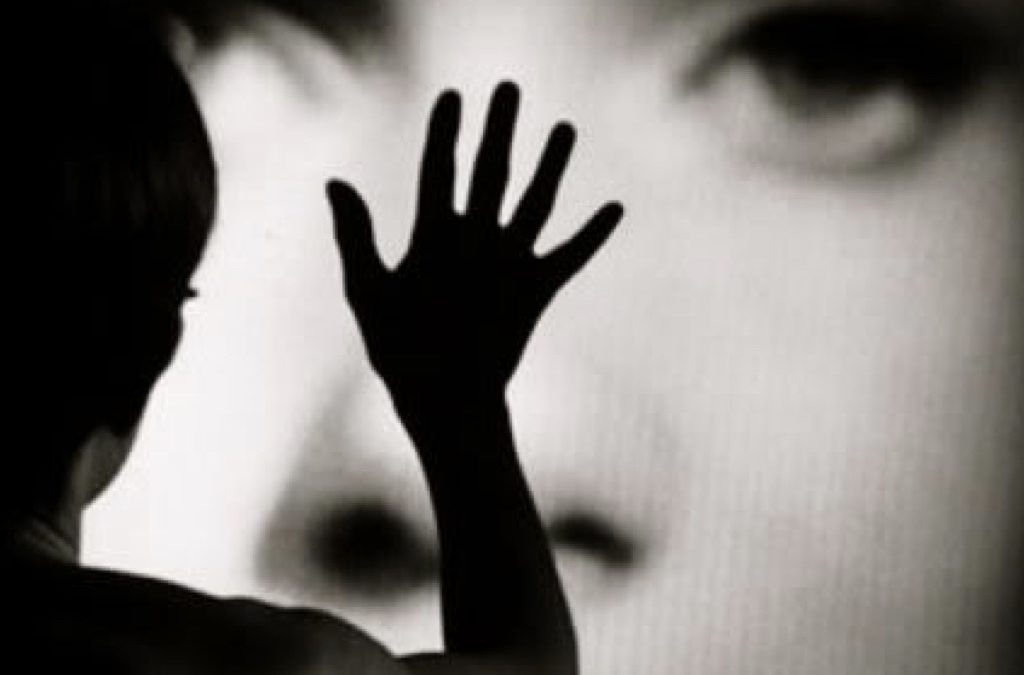When I started to learn about trauma and I realised that the most important decision a human being is making is “am I safe?”, it became a key focus of my work. Especially when I discovered that all pain, anxiety and depression is rooted in feelings of not being safe.
Trauma isn’t necessarily about a challenging event itself, it’s more about the resources you can bring to bear to that event.
This looks different for each of us. For every soldier that’s been in a war zone, there are 10 children who have grown up through adverse childhood experiences. And for many of us, we’re existing in power structures that are unjust or where we’re are marginalised.
Often the overwhelmed, trauma response we feel is actually an accumulation of experiences that seem small, but when compounded, they end up taking us to a place of chronic stress and our bodies get stuck.
We may find ourselves ‘speeding up to survive’ and living with chronic tension and unease. Our jaws are tight, our backs are tight, our diaphragms are tight, as if we’re running away from a tiger all day every day.
Another response to overwhelm is more subtle and hard to spot – I see it as the hidden mystery of trauma.
Dissociation.
When we go into a dissociative response, instead of speeding up, we may find ourselves instead disconnecting, shutting down and ‘collapsing to survive’.
This understanding is missing from many therapeutic models. I didn’t learn anything about dissociation as a chiropractor, and my yoga and zen meditation practice didn’t teach me about it. I learned about it as a biodynamic craniosacral therapist and through studying and now teaching Trauma and Tension Releasing Exercises (TRE).
In this blog, I share some important things to consider about dissociation as well as approaches to turn down this protective reflex.
Dissociation can be misinterpreted as transcendence
One of the challenges with dissociation is that we simply don’t recognise it – and this is especially true for people working within certain spiritual frameworks. This is because dissociation is an endorphin state, so it can actually feel amazing. We don’t notice how disconnected we are because we have these chemicals inside of us that actually feel warm and floaty, and can be misinterpreted as transcendental, expansive experiences.
Authentic experiences of growth and transformation include the body.
Authentic flow states include the body, they aren’t a separation from the body. And, luckily, the body is always available to return to.
We can practice finding slow gentle connection, really feeling safe in the body, and not being too quick to let go of the body, or get lost in fantasies and dissociative experiences, led by endorphins. We can learn to meet the body, to spot that the floaty, drifty, absent qualities aren’t great and steadily work to turn off the dissociation reflex.
Dissociation hinders our ability to connect with others.
If I can feel safe with my heartbeat, my belly, my muscle tone, and these things feel joyful to me, I’m connected to my sense of self. Who I am is dependent on my body – I am my body, my body is me. But our bodies are a process, interacting with the environment, nature, other people, the mystery of life, all those things that are other than human.
So our ability to connect to others is actually founded on our connection to ourselves, which is founded on our connection to our bodies. Health, meaningful interaction with others, the ability to be warm and generous and open to other people’s points of view as well as the ability to be authentic about our own needs, starts with being connected to ourselves.
If you can’t feel your body and you’re absent, you’ll start operating from speed, protecting, narrowing your focus – which means you don’t have bandwidth or space for other people and are much less effective in our interactions with others.
We need to focus on a slow, gentle creation of safety.
The good news is that we can turn down this protective reflex, become really skillful at feeling states, and learn to down regulate the dissociative response that can often hijack us without us knowing it.
Trauma and Tension Releasing Exercises (TRE) can be a gentle, safe way to ‘shake to connect’ our way out of dissociation and into a grounded sense of joy and ease. By activating a natural shaking response, we can connect to the body, and find more agency and safety through a slow, delicious waking up of things that are hidden.
Trauma is a big, heavy, scary word, but shaking is a normal, natural reflex that we all have. The joy of shaking is the ability to rediscover the innate tool inside of you, that gently frees you up from the inside.
Want to learn a simple, self-help tool for tension and trauma? Try TRE
TRE Intro Days Online: 2nd Dec
TRE Online Certification Training:
TRE Module 1 Online 4 & 5 Dec
TRE Module 2 Online 14 & 15 Dec
TRE Module 3 Online 20 & 21 Nov & 15 & 16 Mar 2022


